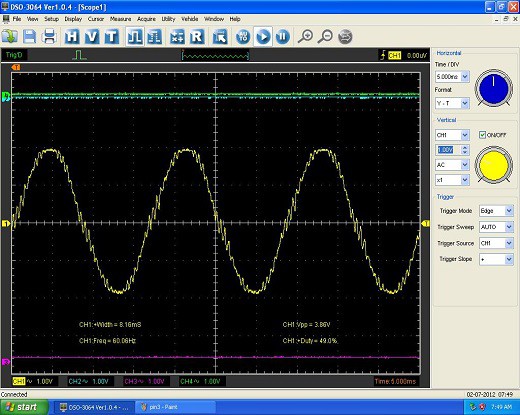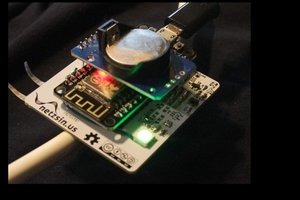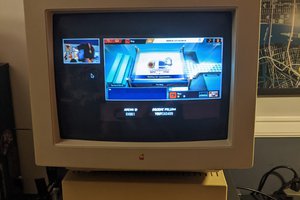The idea of time is simple, yet complex. In its simplest form, it’s the counting of a regular, repeating pattern. On the opposite end, we would have to turn to Einstein. Thankfully, this story resides on the simple side. You see, before the advent of the Real Time Clock, electrical engineers scurried hither and yon in search of ways to accurately calculate time in their circuits. One very convenient source of a regular, repeating pattern was the 60 Hertz line frequency coming from the wall outlet. It was a very stable source in the US. And so long as it was stable, your machine would work fine. But if ever a crack appeared in the stability of the 60 Hertz, the entire machine could be compromised.
And so was the case on the idle Tuesday morning our story begins. Giant pillars of white smoke soared high in the air from the large, concrete stacks that reached up into the clear blue sky. It was easy to find parking in the large lot when I arrived at the paper making plant nestled on the outskirts of Richmond, Virginia. The smell of sulfur was thick, and the rumble of the large trucks carrying trees filled the air as they entered the plant. It was a short walk to the visitor’s desk, where I was met by the man who had called me a few days earlier.
“………damn thing doesn’t work,” he had said. I get that a lot. He led me to the not working microwave solids analyzer. These machines are simple, and consist of a microwave, balance and embedded computer. It heats a sample to remove all the moisture, and the computer uses the difference in weight to calculate the percent moisture in the sample.
I placed a test sample in the machine and pressed the start button. Immediately, problems were apparent. On the grey scale display, the system clock was counting down the time. The problem was, it was counting way too fast. It had counted down over two minutes. But my gut, verified by a clock on the cinder block wall, told me that less than a minute had gone by. I pressed the stop button, and another problem revealed itself. Instead of the usual single beep, I got three. It acted as if I pressed the button a couple times, instead of just once. It appeared I had debouncing problems as well as timing issues. It was then that I clued in on the A/C line, and took a closer look. I was in for a shock.
Video 1
Figure 1
The above video and scope screen captures were taken directly from the 120 volt wall socket via a 10 to 1 step-down “wall wart” transformer using a 10x probe. As you can see, the signal is very dirty. I concluded the source of the noise was probably from one of the large paper rolling machines running elsewhere in the plant.
I had identified the problem. But I still did not know - a) how the dirty signal was causing the timing and debouncing issue and - b) how to fix it.
I had to solve “a” before I could even begin to approach how...
Read more » will.sweatman
will.sweatman




 Pavel
Pavel
 Damian
Damian
 Nathan Kiesman
Nathan Kiesman
Heck even a small one for the logic side would do the job. http://www.jameco.com/webapp/wcs/stores/servlet/ProductDisplay?langId=-1&storeId=10001&catalogId=10001&pa=1951570&productId=1951570&keyCode=WSF&CID=GOOG&gclid=CjkKEQjw5LWcBRCeh8uUlqqluN4BEiQAfr64cOt98-YnVOxOqme6PH3jVqzoxLjGOZ3GNHPgzBnssRLw_wcB